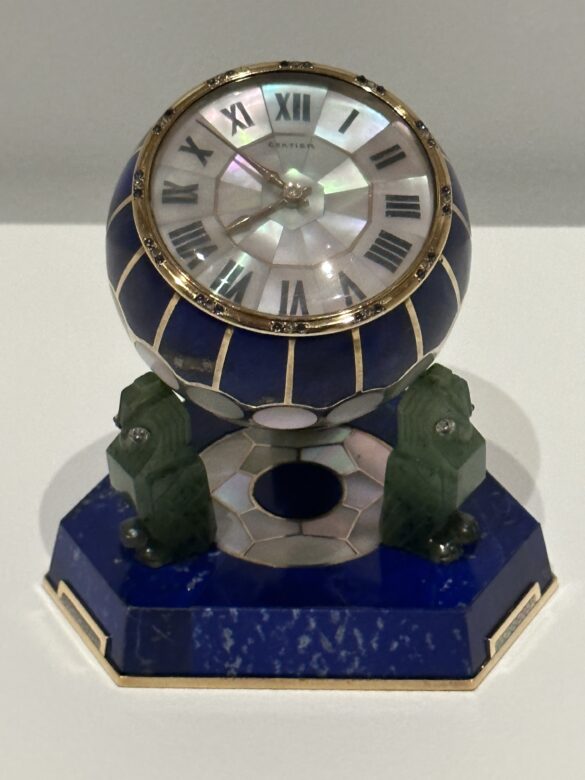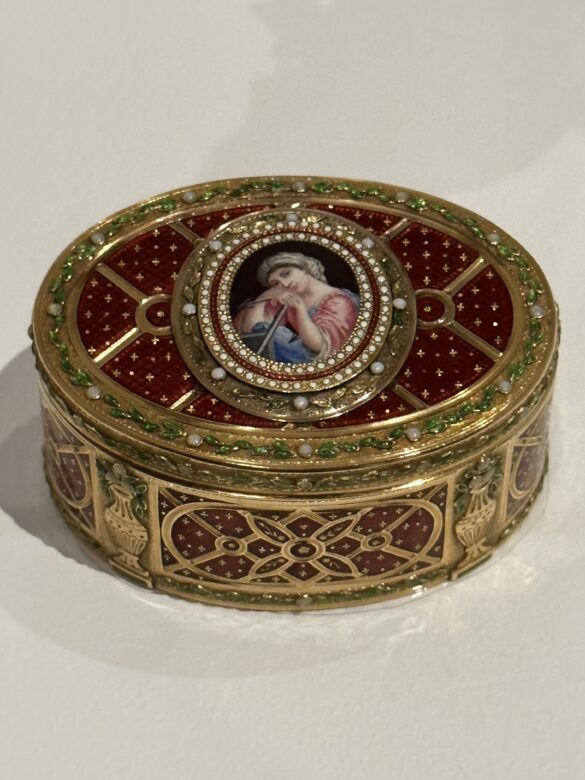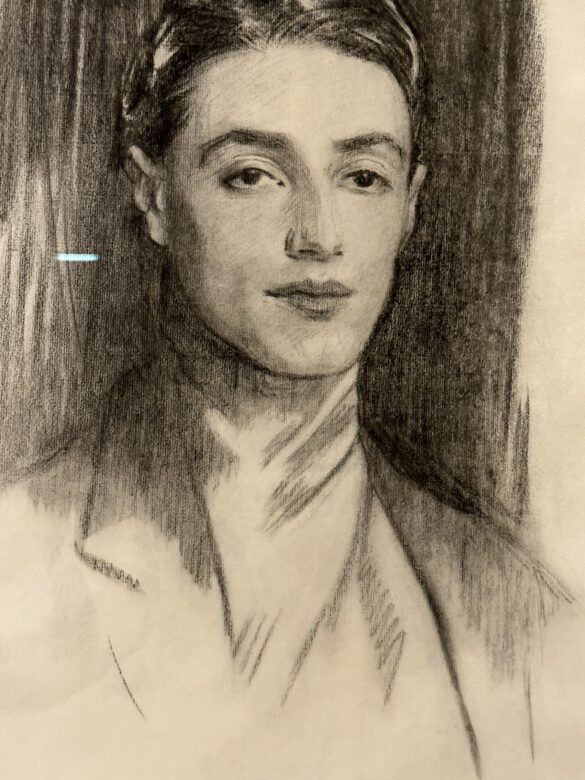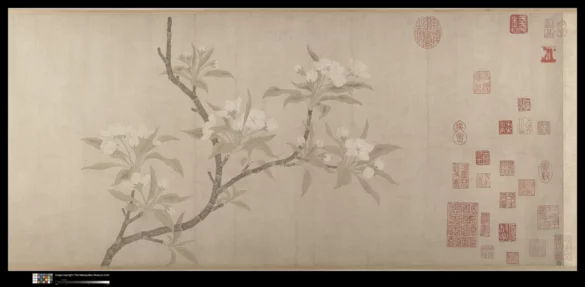The Sassoon Exhibition at the Jewish Museum is a must Joelle Magazine
If you are curious about the exciting annals of Israelite kins complicated in the narcotic business, do not miss visiting the Sassoon exhibit at the Israelite Place for viewing artifacts. Taking us from the Sassoon family’s poverty to their rise to power and affluence, the exhibition traces the family’s ancestry. The exhibit highlights their extraordinary triumphs in the opium industry and their extensive influence on the global economy.
A lovely shade of crimson paints the first set of apartments as we pass through them. We discover the family’s rise to fame in the opium trade. This article discusses their purchases of real estate and maritime transportation in addition to their engagement with the Hong Kong and Shanghai Banking Corporation.
David Sasoon The Pioneer
According to the exhibition’s storyline, David Sassoon, the family patriarch, left Baghdad in 1830 due to the increasing persecution of the Jewish population. He leads his descendants from Iraq to India, China, and eventually Mumbai (formerly Bombay) over the course of several decades as they establish roots in England.
Expansion of the opium trade
He soon expanded into the opium trade. As the East India Company declined in the mid-19th century, private enterprises profited from this lucrative business. Through alliances and profits, he profited from British colonialism. In Shanghai, Hong Kong, and London, he dispatched his eight sons to oversee new branches. As a philanthropist, member of the British Parliament, and patron of the arts, Sassoon expanded the family’s opium trade into new markets.


Sir Albert Sassoon
On display are 120 works from private and public collections and a 19th-century opium pipe belonging to Sir Edward Sassoon. This pipe provides a tangible link to the family’s involvement in the opium trade. It serves as a reminder of the complicated history of this industry.
The exhibition also features several paintings by John Singer Sargent, a renowned artist who was a close friend of the Sassoon family. These paintings provide a glimpse into the family’s lavish lifestyle and their patronage of the arts.
Sir Edward Sassoon
With more than 120 works from private and public collections, a 19th-century opium pipe that belonged to Sir Edward Sassoon is also on display, providing a tangible link to the family’s involvement in the opium trade and serving as a reminder of the complicated history of this industry.
The exhibition also features several paintings by John Singer Sargent, a renowned artist who was a close friend of the Sassoon family. These paintings provide a glimpse into the family’s lavish lifestyle and their patronage of the arts.


Exhibition That Sheds The Lights
A Jewish marriage contract from the 19th century is also on display at the exhibition, belonging to the Sassoon family and providing a fascinating insight into the family’s religious traditions and customs.
The exhibition also sheds light on the complex history of the opium trade and its impact on society, acknowledging the devastating effects of this trade on the Chinese people, leading to the Opium Wars between China and Britain in the mid-19th century. Despite these complexities, the exhibition celebrates the Sassoon family’s contributions to Jewish and global history.
The Jewish Marriage Contract
Marriage contract of Mozelle (Mazal Tov) Sassoon and Elias David Ezra Pune, India, 1870 Print and ink on parchment Benkarin Zucker Family Collection, In addition to the wealth of information about the Sassoon family’s history, the exhibition also features several important artifacts that provide a tangible link to their legacy. Here are five of the most significant artifacts on display:


The Torah of Sassoon
The Sassoon Torah is an exquisite Torah scroll with delicate handwriting and illuminations that the Sassoon family commissioned. The “Sassoon Torah” is the exhibition’s centerpiece and symbolizes the family’s steadfast commitment to their Jewish heritage.
The Family Sassoon
The exhibition includes a collection of rare family photographs that offer a glimpse into the private lives of the Sassoon family. Visitors can see images of the family’s homes, their travels, and their relationships, providing a unique perspective on this influential family.
In conclusion, the Sassoon Exhibition at the Jewish Museum is a rich and engaging experience that offers an interesting insight into the history of the Sassoon family and their impact on Jewish and global history. With its valuable information, interactive displays, and important artifacts, the Sassoon Exhibition is not to be missed.
Purchase your ticket here













































